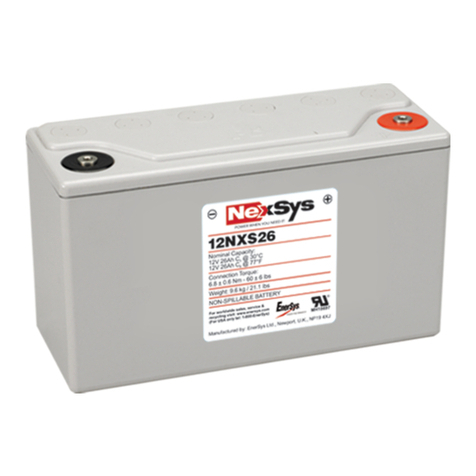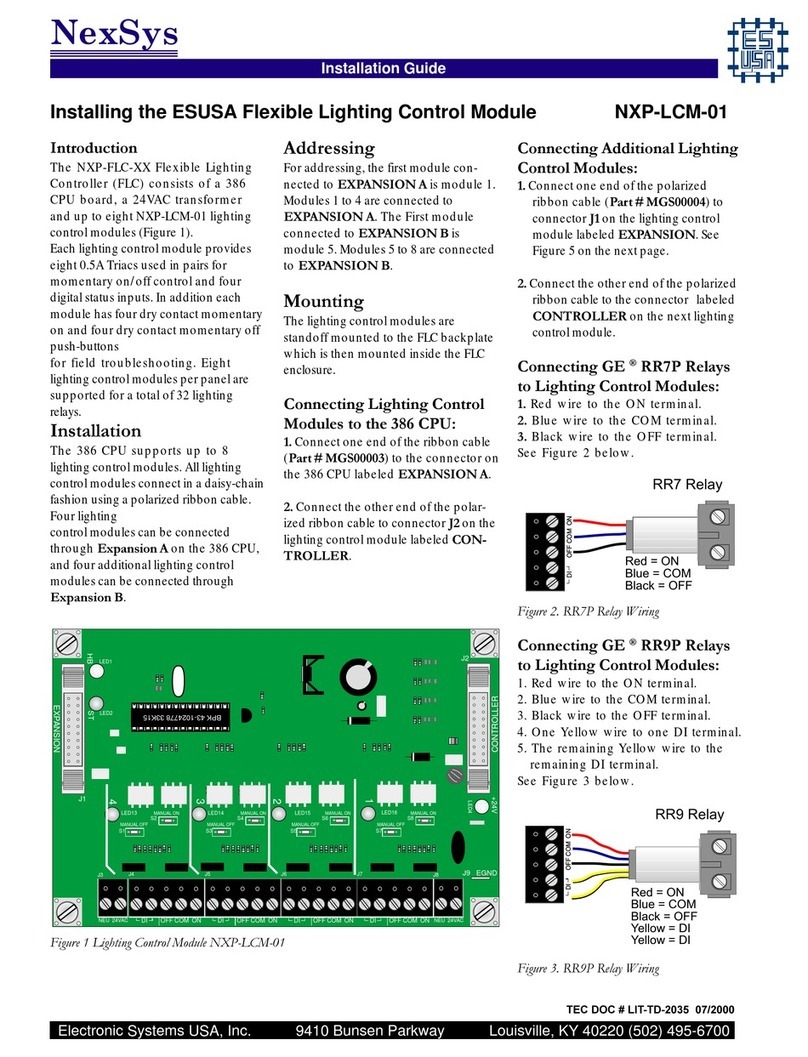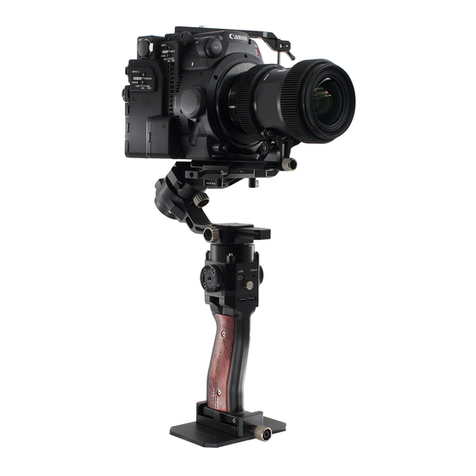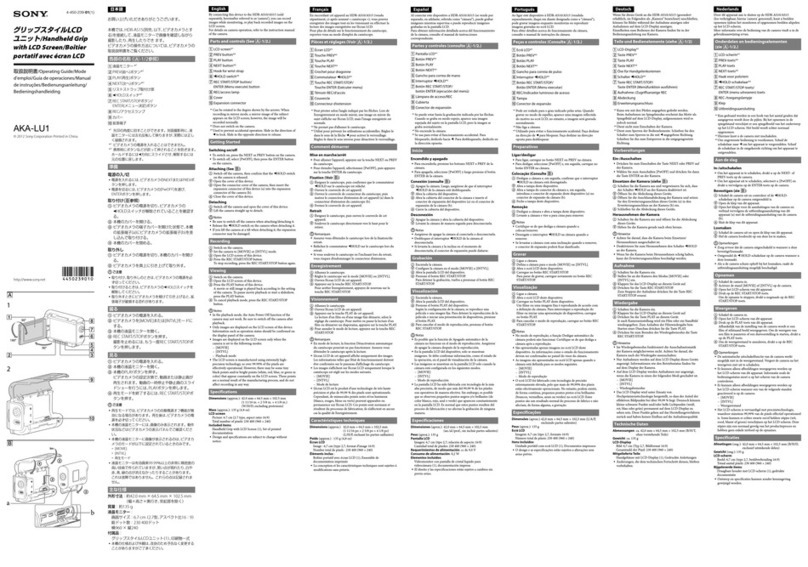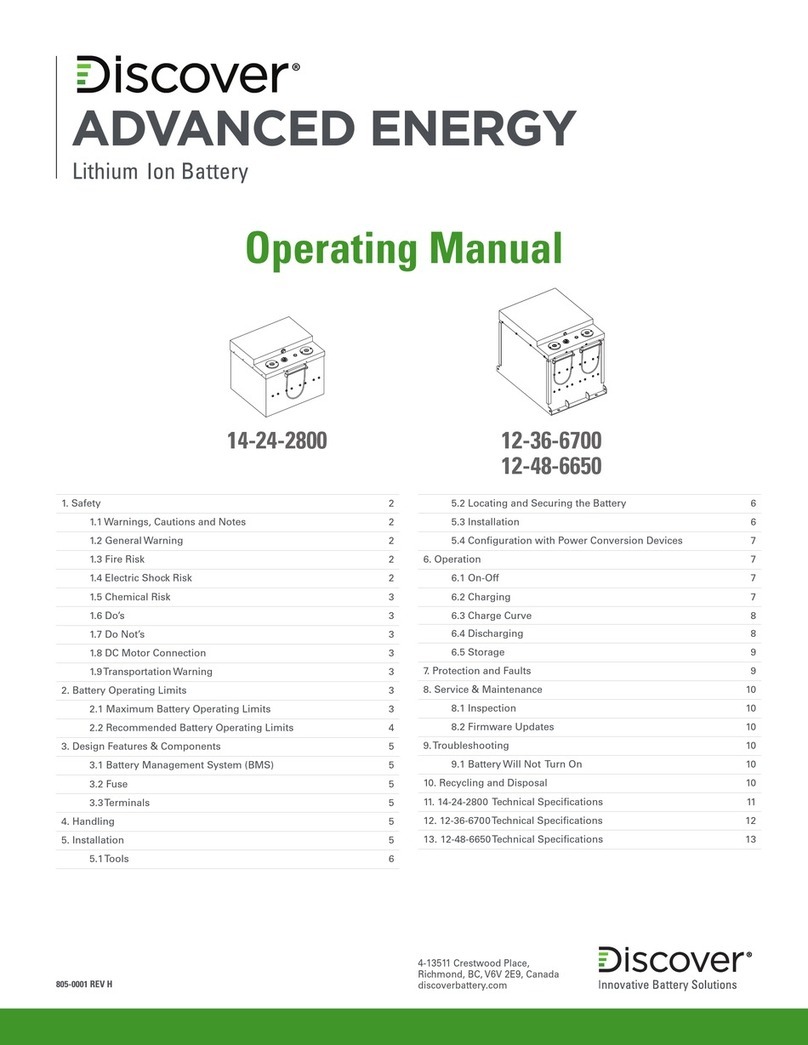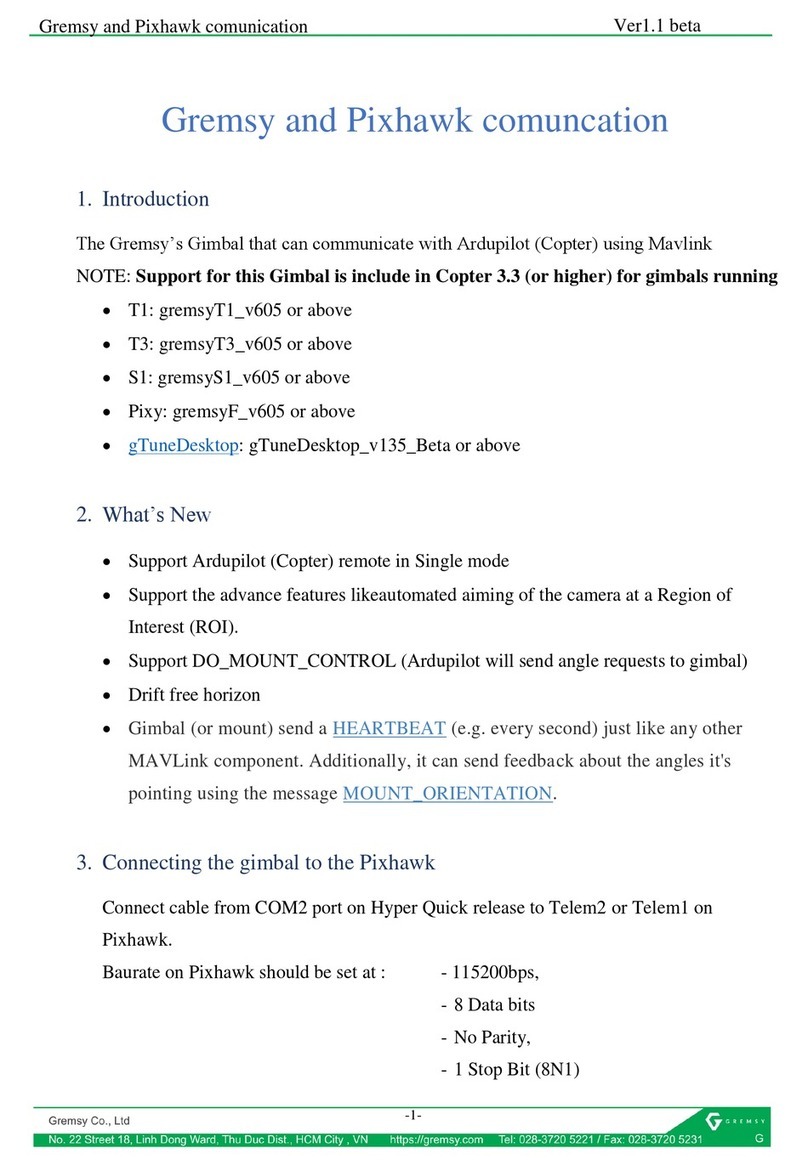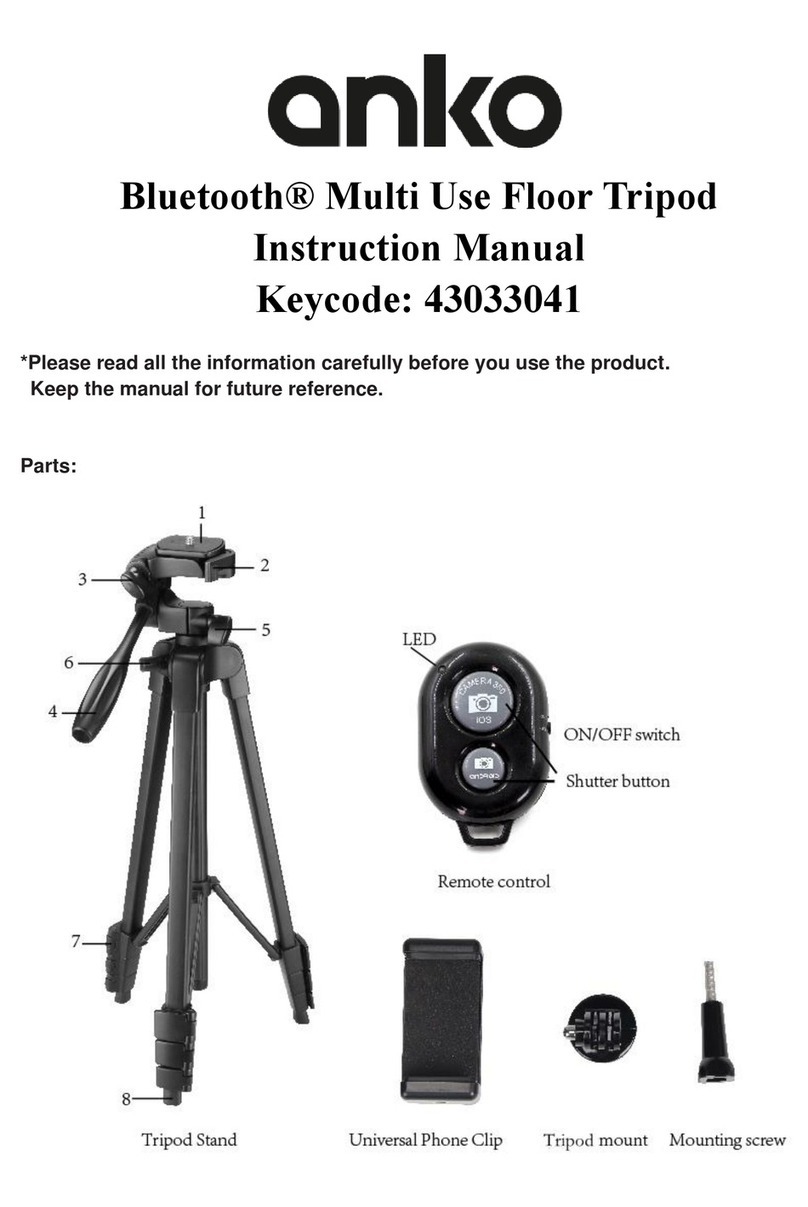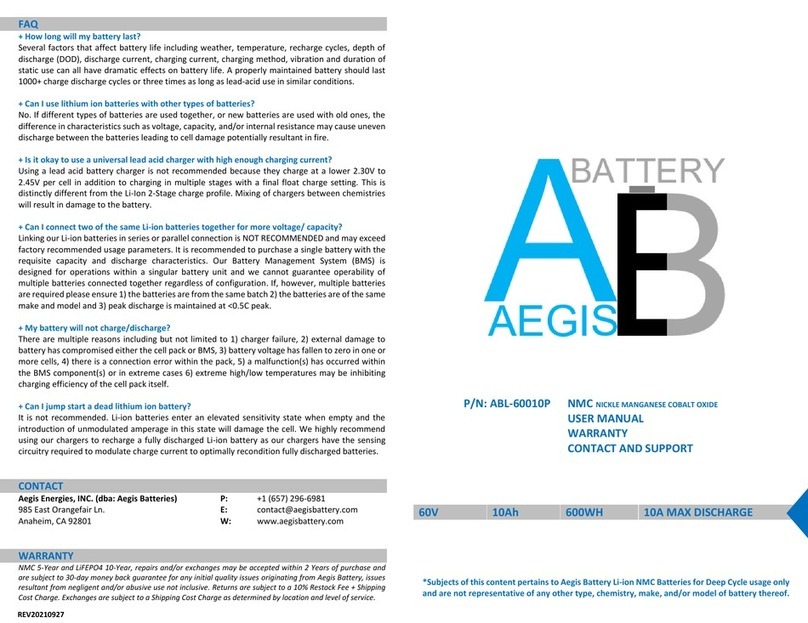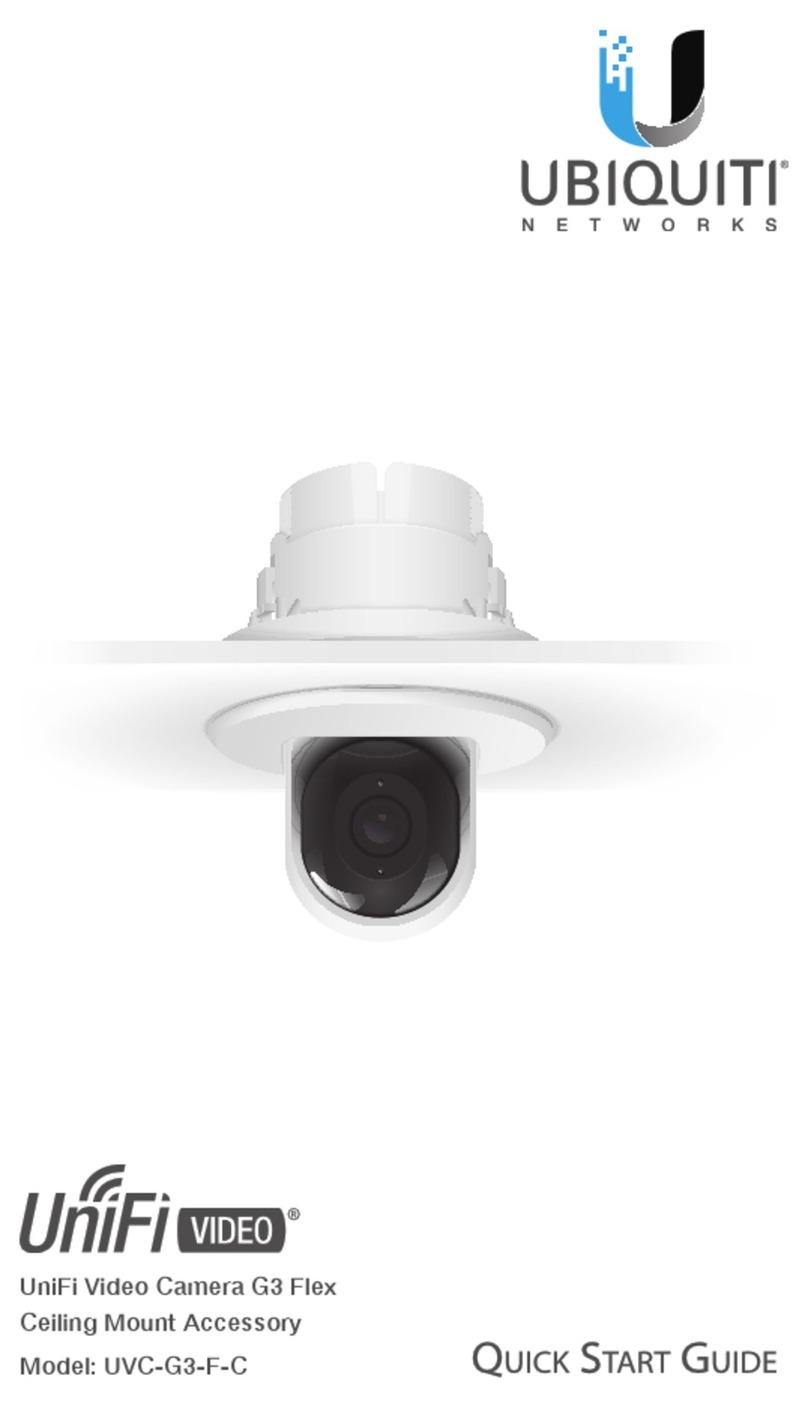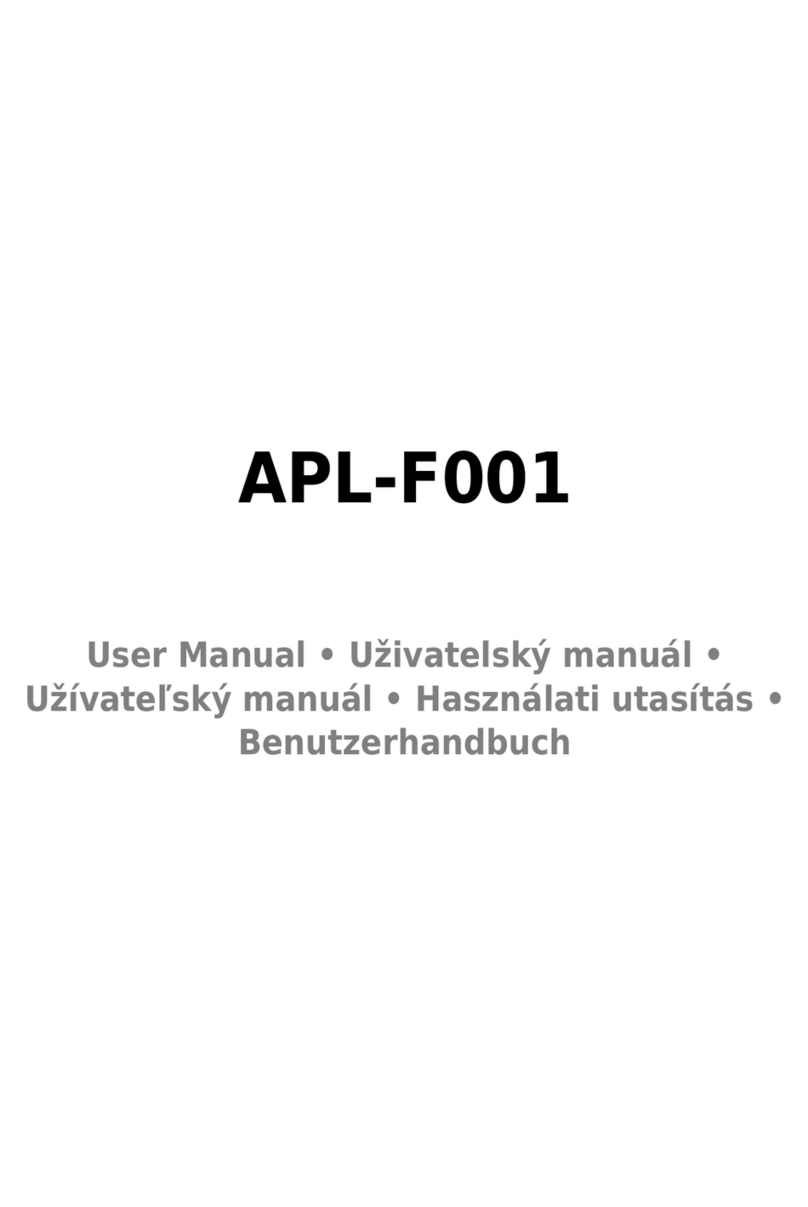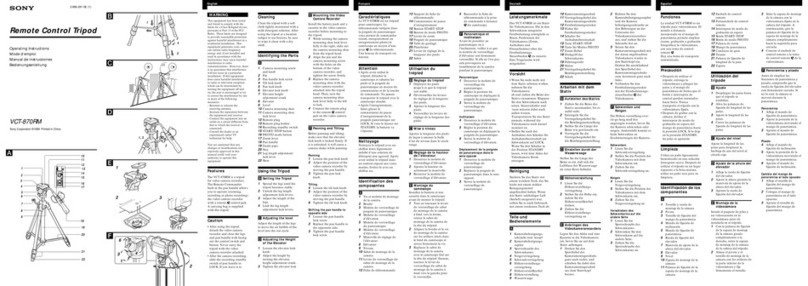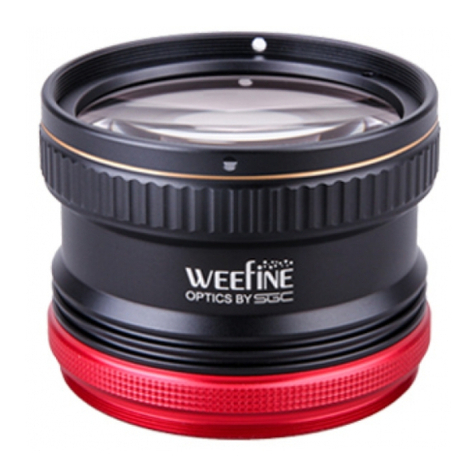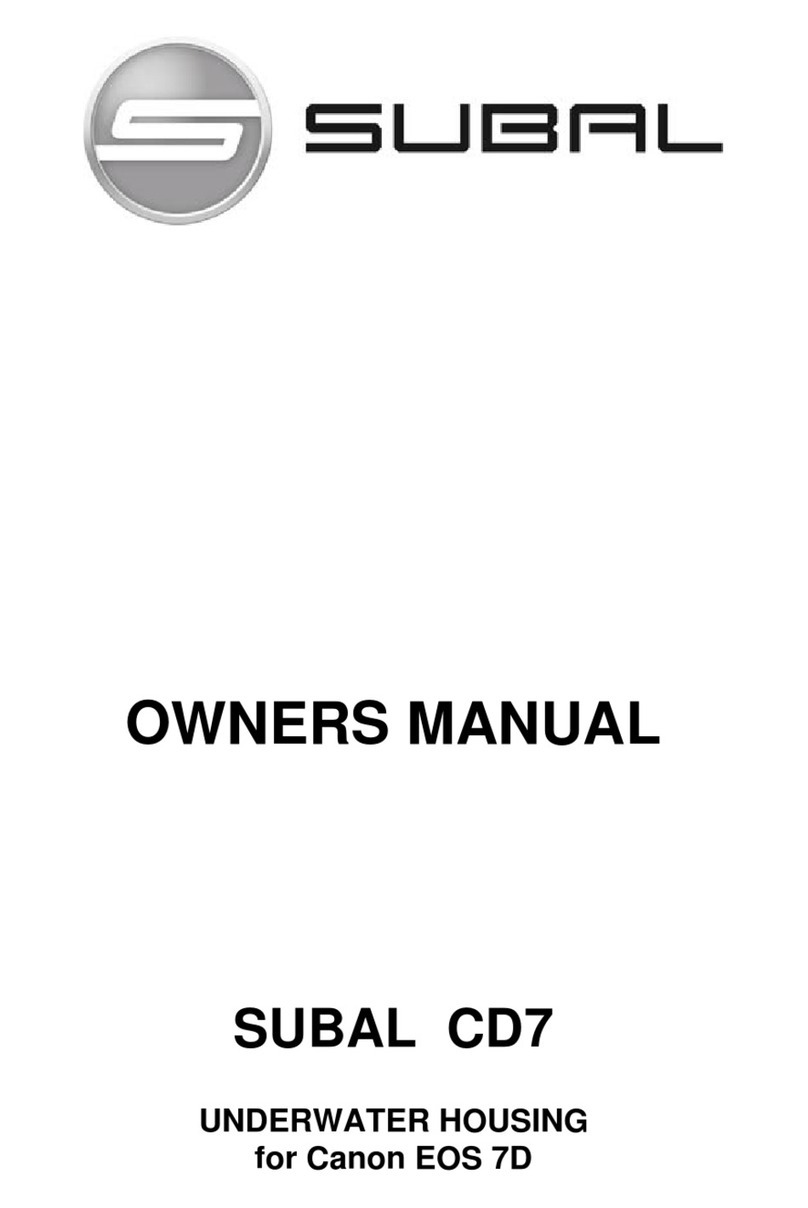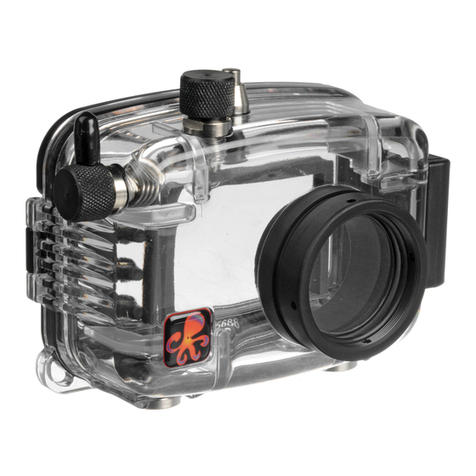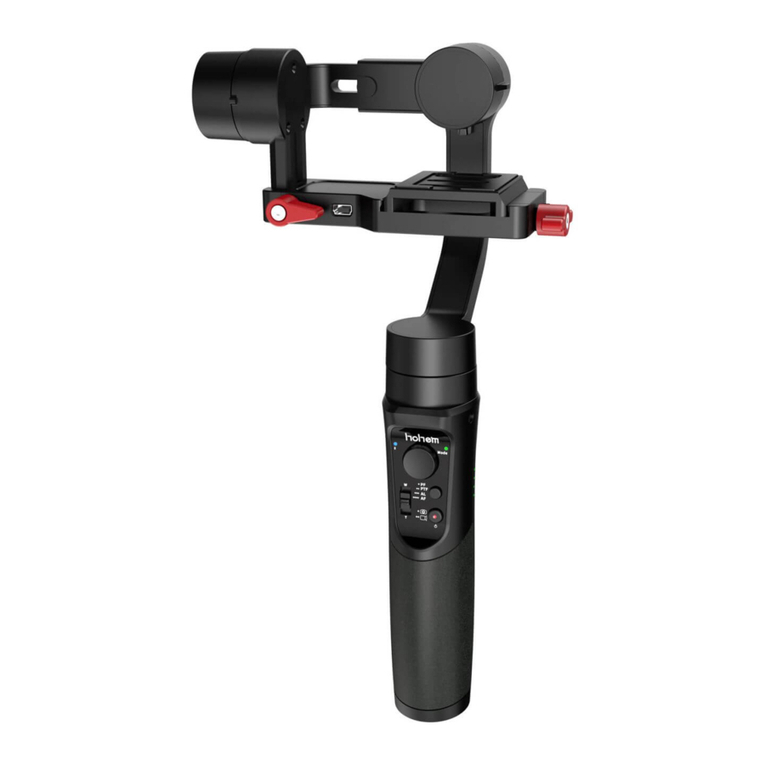Nexsys 12NXS26 User manual

Purchaser
Battery Part Number
Battery Type
Battery Serial Number
Date Supplied
Despatch Voltage
Vehicle Model
Customer Spec Number
Customer Fleet / Truck Number
Instruction Manual
Block & Traction batteries

NexSys®series batteries : Valve regulated lead acid (VRLA) , Thin Plate Pure Lead (TPPL) technology
1. Nominal capacity C5 : See Battery plate / decal
2. Nominal voltage : See Battery plate / decal
3. Discharge current : C5/5h
4. Rated temperature : 30°C
The NexSys®battery series are valve-regulated lead-acid with Thin Plate Pure Lead technology, available in both
traction and block types. Unlike conventional batteries with liquid electrolyte NexSys batteries have immobilised
electrolyte. Instead of a vent plug, a valve is used to regulate the internal gas pressure, preventing the ingress of
oxygen from the air and allowing the escape of excess charging gases should an overcharged condition occur.
When operating valve-regulated lead-acid batteries the same safety requirements as for vented batteries apply to
protect against hazards from electric current, from explosion of electrolytic gas and with some limitations - from the
corrosive electrolyte.
Battery valves should never be removed. These batteries do not require topping up with distilled or de-mineralised
water. EnerSys® approved fasteners and exible connectors must be used for all connections.
Ignoring the operating instructions, repair with non-original parts and disconnection of the Wi-IQ®or LVA controller ,
where tted, will render the warranty void. All failures, malfunctions or defaults of the battery, the charger or any other
accessories, must be notied to our Service department immediately.
Rating Data
Pay attention to the operating instructions
and keep them close to the battery.
Work on batteries should be carried out by
skilled personnel only
Use protective glasses, clothes and
footwear when working on batteries.
Pay attention to local accident prevention
rules or DIN EN50272-3 / IEC 62485_3
DIN EN50110-1 & AS/NZ1 337
No smoking!
Do not expose batteries to naked ame,
glowing embers or sparks, as it may cause
the battery to explode
Avoid sparks from cables or electrical
apparatus and electrostatic discharges.
Acid splashes into the eyes or on the skin
must be washed immediately with plenty of
clean water. After ushing, consult a doctor
immediately
Clothing contaminated by acid should be
washed in water
Do not remove the vent caps
Electrolyte is highly corrosive
In normal operation of this battery, contact
with acid is not possible. If the cell containers
are damaged, the immobilised electrolyte
(absorbed in the separator) is corrosive like
liquid electrolyte
Risk of explosion and re
Always use insulated tools. Metal parts of
battery are always live. Do not place tools
or other metal objects such as jewelry on
top of the battery!
Dangerous electrical voltage!
Avoid short circuits
NexSys batteries are capable of high short
circuit currents
Batteries are heavy!
Ensure a secure installation and use only
suitable lifting equipment
Lifting hooks must not damage battery,
connectors or cables
Do not place batteries in direct sunlight
without protection
Discharged batteries can freeze - always
store in a frost free zone
Pay attention to the environmental hazards
that can be caused by the wrong disposal
of batteries
Dispose of batteries correctly according to
the relevant local rules
Safety Precautions

NexSys®batteries are supplied in a fully charged
condition. The battery should be inspected to ensure it is
in perfect physical condition prior to placing into service.
The battery cables must have good contact to terminals,
check that the polarity is correct otherwise battery, vehicle
or charger could be damaged.
Never directly connect an electrical appliance (for
example a warning beacon) to a part of the battery. This
could lead to an imbalance of the cells during recharge
with loss of capacity, risk of insufcient charge time and
damage to cells, effecting battery life and VOIDING THE
WARRANTY.
Charge the battery (see point 4.0) before use and in the
case of NexSys blocks, only blocks with the same state
of charge should be connected together.
The specied torque loading for the bolts of the cables
and connectors for both NexSys blocks and traction
batteries are detailed below.
Block
Battery
Terminal Torque
Standard Terminal
Terminal Torque
Terminal Adaptor
12NXS26
M6
Female 6.8 Nm SAE 6.8 Nm
12NXS36
12NXS38
12NXS90
12NXS120
12NXS61 M8
Female 9.0 Nm NA NA
12NXS85
12NXS86 3/8 - 16”
Female 6.8 Nm SAE 6.8 Nm
12NXS137 M6
Female 9.0 Nm
M6 Male
Front
Terminal
9.0 Nm
12NXS157
12NXS158 M8
Female 9.0 Nm
M6 Male
Front
Terminal
9.0 Nm
12NXS177
Traction
Battery Terminal Torque (all connector and cable)
All Cells 25Nm +/- 2
Use special coding systems (colour plug etc) for NexSys
batteries on the charging plug and socket devices to
prevent accidental connection to a wrong type of charger.
DIN EN50272-3 / IEC 62485_3 and AS2402.2.2-2005
AS2359.2-1985 Part 2.7 apply to the operation of sealed
VRLA traction batteries and battery electric industrial
trucks in general.
The optimum life of the battery depends on the operating
conditions (temperature and depth of discharge).
The ambient temperature range of use is 5°C to 45°C for
traction batteries and 0°C to 40°C for the blocks. Any use
outside of this range must be approved by the EnerSys®
technical department.
Optimal battery life is obtained with a battery temperature
of 15-35°C.
Higher temperatures shorten the life of the battery
(according to IEC1431), lower temperatures reduce the
available capacity which falls considerably under 0°C.
The battery obtains its full capacity after about 3 charging
and discharging cycles.
The cycle life of the NexSys block and traction battery will
be maximized if the batteries are shallow discharged and
recharged as often as practicable. Depths of Discharge
(DOD) to 40% of rated C5 capacity are the optimum level,
followed by a recharge.
NexSys batteries are ideally suited to opportunity charging
and can operate in a Partial State of Charge (PSOC)
condition without any adverse effect on performance or
service life. The cycle life of the battery is dependent on
the Depth of Discharge (DOD). The higher the DOD, the
shorter the cycle life. Always limit the discharge to
a maximum of 80% DOD. Discharges over 80% are
categorized as deep discharges and are not allowed
as they will considerably reduce the life expectancy
of the battery or cause permanant damage.
The presence of a discharge limiter on the vehicle is
imperative. The following voltage cut-off settings must
be used.
(When discharged with currents in the range of I1 to I5)
60% DOD set at 1.96 Volts per cell.
80% DOD set at 1.92 Volts per cell.
For batteries tted with an LVA, the customer must
observe the visual and audible warning signals that the
battery has reached the required discharge levels and
must be recharged immediately.
Safety when discharging -
The valves on top of the battery must not be removed,
sealed or covered. Electrical connections (e.g. plugs)
must only be connected or disconnected in the open
circuit condition. Discharged batteries MUST be
recharged immediately and MUST not be left in a
discharged condition. Discharged batteries can freeze.
NexSys batteries MUST be charged using an approved
NexSys charger. Failure to do so will affect the
performance and life of the battery and void any warranty.
The specic charging prole developed for NexSys
blocks (NXBLOC) will allow rapid recharge in 3 to
6 hours from 60% DOD at charge rates 0.2 to 0.7 C5
with opportunity charging as often as needed without
damaging the batteries - see technical manual.
The NexSys traction battery series are available for both
Standard duty and Heavy duty applications.
In Standard duty applications the charger has NXSTND
prole at a charge rate of 0.20 C5, and should recharge
the battery in less than 6 hours from 60% depth with
opportunity charging allowed (up to 20% extra energy
reintegrated in 1 hour).
In Heavy Duty applications the charger has NXFAST
prole at charge rates 0.25 to 0.40 which allows fast
recharge in 3.5 to 4 hours at 60% DOD with opportunity
charging allowed up to 80% extra energy reintegrated
(40% in 1h).
1. Commissioning Battery
2. Operation
3. Discharging
4. Charging

Charge
rate
C5
80%
DOD
> Full
charge
60%
DOD
> Full
charge
40%
SOC
> 80%
SOC
40%
SOC
> 98%
SOC
Traction Battery
0.4 4.2 3.4 1.2 2.0
0.32 5.0 4.0 1.5 3.4
0.2 7.4 5.8 2.4 4.0
Block Battery
0.7 2.8 2.37 0.7 0.9
0.5 3.6 2.9 1.0 1.5
0.2 7.4 5.8 2.4 4.0
Table above shows estimated charge times based on %
DOD. Times may vary.
It is important that the battery receives a complete
charge (returning battery to 100% of its rated
capacity) at least once per week.
NexSys®batteries have an extremely low gas emission,
however provision must be made for the venting of
charging gases should any error in charging occur.
For safety purposes when calculating gas emission
levels, use 1.5A / 100AhC5.
Doors, battery container lids and the covers of battery
compartment must be opened or removed.
With the charger switched off, connect the battery
to the charger, ensuring that the polarity is correct.
(Positive to Positive, Negative to Negative).
Now switch the charger ON.
Always switch the charger OFF before disconnecting
the battery.
NexSys chargers include specic automatic features
embedded in the prole to ensure that the battery
remains fully charged and balanced.
The electrolyte is immobilised, therefore the density of the
electrolyte cannot be measured. Never rell with water!
Never remove the safety valves from the blocks or cells.
The battery should always be kept clean and dry to
prevent current leakage. Damage to the coating of the
tray should be repaired after cleaning, to ensure a good
insulation and to prevent tray corrosion.
If any service is required or any damage has occurred to
any component of the system, please contact our Service
Department without delay.
Recharge the battery after every discharge.
Check the condition of the plugs, cables and that all
insulation covers are in place and in good condition.
Visually inspect for signs of dirt and mechanical damage
to all components of the battery, paying particular
attention to the battery charging plugs and cables.
Ensure that the battery receives a full charge each week.
At the end of the charge, carry out end of charge voltage
readings, measure and record the voltage of the complete
battery and the voltages of the individual blocks or cells.
If signicant changes from earlier measures or differences
between the blocks or cells are found, please contact our
Service Department.
If the discharge time of the battery is not sufcient,
• Check that the required work load and pattern is
compatible with the battery capacity.
• The capacity and settings of the charger are correct and
sufcient charge time is being applied.
• The vehicle discharge limiter settings are correct.
Remove dust from inside the charger.
Test all electrical connections of battery and charger
(sockets, cables, and contacts).
Check the torque loading of all the bolts and screws on
the batteries.
Check the insulation resistance of the truck and battery
in accordance with DIN EN 1175-1, DIN EN 1987 part 1.
Batteries are dispatched from the manufacturer in a fully
charged condition. The state of charge will decrease with
storage when allowed to stand due to chemical reaction
or parasitic standing loads. The rate of self-discharge
is non-linear and decreases with decreasing state of
charge. It is also strongly inuenced by temperature.
High temperatures greatly reduce storage life.
It is recommended that the battery be stored in a fully
charged condition in a cool dry place, ideally below 20°C,
with no parasitic standing loads and unplugged from the
truck.
If the truck or battery is going to be decommissioned for a
period of 1 month or longer, disconnect battery from truck
and professionally disconnect all electronic devices (such
as the Wi-IQ®, LVA™).
Contact our Service Department for assistance.
It is advisable to conduct regular inspections of the Open
Circuit Voltage (o.c.v) and recharge if the o.c.v is less
than 2.10 Volts per cell.
The graph below shows the relationship between
temperature storage time and o.c.v. when not installed
in vehicle.
6. Maintenance
6.1 Daily Maintenance
6.2 Weekly Maintenance
6.3 Quarterly Maintenance
6.4 Annual Maintenance
7. Storage
5. Equalise Charging

If malfunctions are found on the battery or the charger, our Service Department should be called without delay. The
measurements taken in point 6.3 will facilitate fault nding and their elimination.
A service contract with us makes it easier to detect and correct faults in good time.
NexSys®batteries are lead acid and are therefore very recyclable. Scrap batteries must be packaged and transported
in accordance with local transportation regulations and disposed of in compliance with local and national laws by
a licensed recycler.
NexSys batteries could be tted with both the Wi-IQ® and LVA™battery monitoring devices.
The Wi-IQ device provides visual warnings to the operator on the current status of the battery. Refer to table below.
The Wi-IQ also measures current and Ah throughput. The information is stored in memory and can be transferred to a
computer via the Wi-IQ Reporting Suite software.
The Low Voltage Alarm (LVA) device alerts the user that the battery requires recharge. By analyzing the battery
voltage during operation and storage the LVA emits a visible and audible signal to alert the user of the impending and
immediate need to recharge the battery.
8. Malfunction
9. Disposal
10. On Board Electronic systems
LVA™(Low Voltage Alarm) - Default settings
Custom SOC warning setting available
Description Comment Stop
LED
Slow
ashing
green
Normal
Operation
LED
Fast
ashing
green
Normal
Operation
Battery on
charge
LED
Flashing
green
0.2s ON
5s OFF
Normal
Operation
Battery on
discharge
LED Flashing
Red
SOC
less than 40%
Needs to be
recharged
Recharge
battery
V >2.08
vpc
Buzzer
Beep
3 times
every
5 minutes
SOC
less than 40%
Needs to be
recharged
Recharge
battery
V >2.08
vpc
Buzzer
Beep
1 time
every
5 seconds
SOC
less than 20%
Needs to be
recharged
Recharge
battery
V >2.08
vpc
Wi-IQ®
Description Comment
Tri
Colour
LED
Flashing
green Hardware OK
Fast ashing
blue Wireless ID
Flashing
red
Temp
Warning
Over 55°C
Blue
LED
Fast
ashing Wireless ID
Slow
ashing
Voltage
Balance
warning
Tricolour LED
Blue LED
BuzzerLED

NexSys®Block
Date: Open Circuit Voltage Date: Open Circuit Voltage
Block 1 Block 1
Block 2 Block 2
Block 3 Block 3
Block 4 Block 4
Date: Open Circuit Voltage Date: Open Circuit Voltage
Block 1 Block 1
Block 2 Block 2
Block 3 Block 3
Block 4 Block 4
Date: Open Circuit Voltage Date: Open Circuit Voltage
Block 1 Block 1
Block 2 Block 2
Block 3 Block 3
Block 4 Block 4
Date: Open Circuit Voltage Date: Open Circuit Voltage
Block 1 Block 1
Block 2 Block 2
Block 3 Block 3
Block 4 Block 4
Date: Open Circuit Voltage Date: Open Circuit Voltage
Block 1 Block 1
Block 2 Block 2
Block 3 Block 3
Block 4 Block 4
Date: Open Circuit Voltage Date: Open Circuit Voltage
Block 1 Block 1
Block 2 Block 2
Block 3 Block 3
Block 4 Block 4

NexSys®Block
Date: Open Circuit Voltage Date: Open Circuit Voltage
Block 1 Block 1
Block 2 Block 2
Block 3 Block 3
Block 4 Block 4
Date: Open Circuit Voltage Date: Open Circuit Voltage
Block 1 Block 1
Block 2 Block 2
Block 3 Block 3
Block 4 Block 4
Date: Open Circuit Voltage Date: Open Circuit Voltage
Block 1 Block 1
Block 2 Block 2
Block 3 Block 3
Block 4 Block 4
Date: Open Circuit Voltage Date: Open Circuit Voltage
Block 1 Block 1
Block 2 Block 2
Block 3 Block 3
Block 4 Block 4
Date: Open Circuit Voltage Date: Open Circuit Voltage
Block 1 Block 1
Block 2 Block 2
Block 3 Block 3
Block 4 Block 4
Date: Open Circuit Voltage Date: Open Circuit Voltage
Block 1 Block 1
Block 2 Block 2
Block 3 Block 3
Block 4 Block 4

NexSys®Traction Battery
S/N: Date:
Cell Open Circuit
Voltage Cell Open Circuit
Voltage Cell Open Circuit
Voltage Cell Open Circuit
Voltage
1 13 25 37
2 14 26 38
3 15 27 39
4 16 28 40
5 17 29
6 18 30
7 19 31
8 20 32
9 21 33
10 22 34
11 23 35
12 24 36
S/N: Date:
Cell Open Circuit
Voltage Cell Open Circuit
Voltage Cell Open Circuit
Voltage Cell Open Circuit
Voltage
1 13 25 37
2 14 26 38
3 15 27 39
4 16 28 40
5 17 29
6 18 30
7 19 31
8 20 32
9 21 33
10 22 34
11 23 35
12 24 36

NexSys®Traction Battery
S/N: Date:
Cell Open Circuit
Voltage Cell Open Circuit
Voltage Cell Open Circuit
Voltage Cell Open Circuit
Voltage
1 13 25 37
2 14 26 38
3 15 27 39
4 16 28 40
5 17 29
6 18 30
7 19 31
8 20 32
9 21 33
10 22 34
11 23 35
12 24 36
S/N: Date:
Cell Open Circuit
Voltage Cell Open Circuit
Voltage Cell Open Circuit
Voltage Cell Open Circuit
Voltage
1 13 25 37
2 14 26 38
3 15 27 39
4 16 28 40
5 17 29
6 18 30
7 19 31
8 20 32
9 21 33
10 22 34
11 23 35
12 24 36

NexSys®Traction Battery
S/N: Date:
Cell Open Circuit
Voltage Cell Open Circuit
Voltage Cell Open Circuit
Voltage Cell Open Circuit
Voltage
1 13 25 37
2 14 26 38
3 15 27 39
4 16 28 40
5 17 29
6 18 30
7 19 31
8 20 32
9 21 33
10 22 34
11 23 35
12 24 36
S/N: Date:
Cell Open Circuit
Voltage Cell Open Circuit
Voltage Cell Open Circuit
Voltage Cell Open Circuit
Voltage
1 13 25 37
2 14 26 38
3 15 27 39
4 16 28 40
5 17 29
6 18 30
7 19 31
8 20 32
9 21 33
10 22 34
11 23 35
12 24 36

NexSys®Traction Battery
S/N: Date:
Cell Open Circuit
Voltage Cell Open Circuit
Voltage Cell Open Circuit
Voltage Cell Open Circuit
Voltage
1 13 25 37
2 14 26 38
3 15 27 39
4 16 28 40
5 17 29
6 18 30
7 19 31
8 20 32
9 21 33
10 22 34
11 23 35
12 24 36
S/N: Date:
Cell Open Circuit
Voltage Cell Open Circuit
Voltage Cell Open Circuit
Voltage Cell Open Circuit
Voltage
1 13 25 37
2 14 26 38
3 15 27 39
4 16 28 40
5 17 29
6 18 30
7 19 31
8 20 32
9 21 33
10 22 34
11 23 35
12 24 36

Back to the manufacturer!
Batteries with this sign must be recycled.
Batteries not returned for the recycling process must be disposed of as hazardous waste!
When using motive power batteries and chargers, the operator must comply with the current standards
laws, rules, and regulations in force in the country of use !
Publication: MPANXS10.2016
© 2016 EnerSys. All rights reserved.
All trademarks and logos are the property of EnerSys and its afliates unless otherwise noted.
Subject to revisions without prior notice. E&OE
Singapore
No. 85 Tuas Ave 1
Singapore, 639518
+65 6558 7333
Japan
5F Mitaka Mitsubishi Building
Shimorenjyaku 3-26-12
Mitaka, 181 0013
Tokyo
+81 0422 70 3831
Australia / New Zealand
46 Egerton Street
Silverwater, NSW, 2128
Australia
+61 2 9739 9999
Malaysia
No. 10 Jalan Anggerik Mokara 31/47
Kota Kemuning, Seksyen 31
40460 Shah Alam
Selangor Darul Ehsan, Malaysia
+60 3 5125 1111
India
Plot No. 1057M, 1st Floor
Road #45, Jubilee Hills
Hyderabad, 500033
+91 40 670 46701
China
Room 902, Sheng Gao Int. Building
No. 137 Xian Xia Road
Shanghai, PRC, 200131
+86 21 6273 6300
Asia Regional Headquarters
#11-03
Gateway East Building
152 Beach Road
Singapore, 189721
Other manuals for 12NXS26
1
This manual suits for next models
11
Table of contents
Other Nexsys Camera Accessories manuals
